Nanoplastics and Parkinson’s disease, the connection in the laboratory
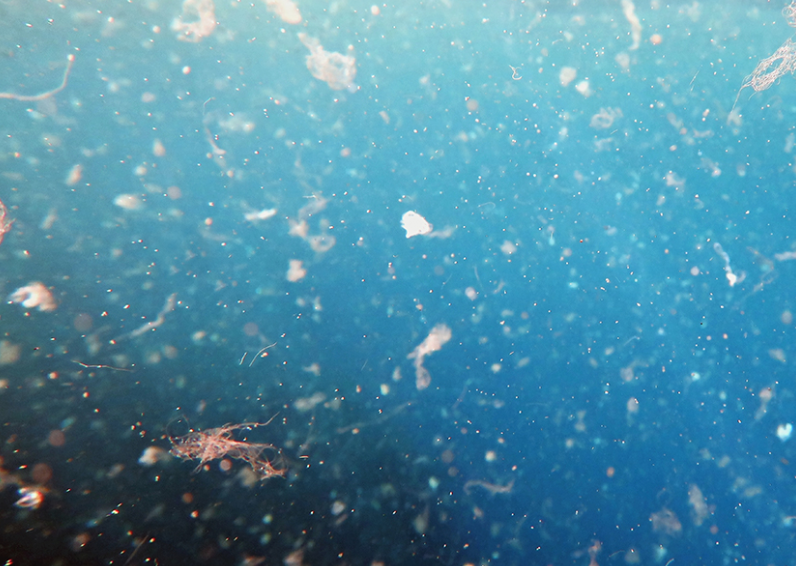
Friends of cool knowledge! Today we venture into the fascinating world of nanoplastics and their little secret party in our heads. Yes, you read that right, our brains are the meeting place of an unexpected meeting between nanoplastics and a VIP protein called alpha-synuclein! A group of geniuses at Duke put on their science hats and discovered that these tiny bits of plastic, which usually come from things like disposable cups and cutlery, get together with alpha-synuclein in a kind of neuronal rave. Where? In the lysosome, the secret dance floor of neurons!
Andrew West, the team leader, tells us that this connection between plastic and protein is not a laboratory tidbit, but something they found in test tubes, cultured neurons and Parkinson’s mice! Yes, even the mice are on the scientific bandwagon! But stop right there, what does this mean for us mere mortals? Well, it turns out that nanoplastics, those tiny bits that are accumulating in our water and food, could be like the toxic DJ of Parkinson’s disease.
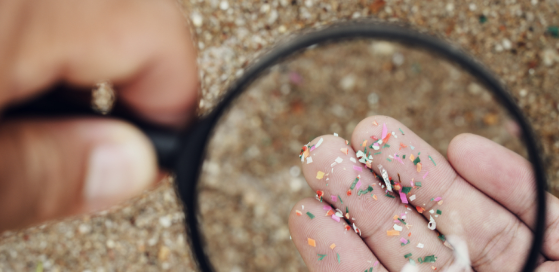
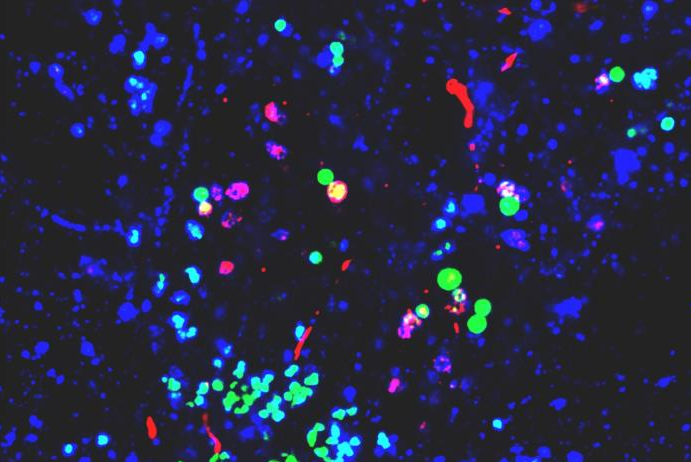
West cautions us that we are still in the early stages of understanding all this and that the technology to track these nanoplastics is just taking its first steps. But hey, at least we’re on the right track to figure out how to protect ourselves without throwing all those benefits plastics give us every day out the window. In short, boys and girls, watch out for nanoplastics! It seems that not only are they wreaking havoc on the environment, but they may also be throwing unwanted parties in our heads. Let’s make science the best party ever!
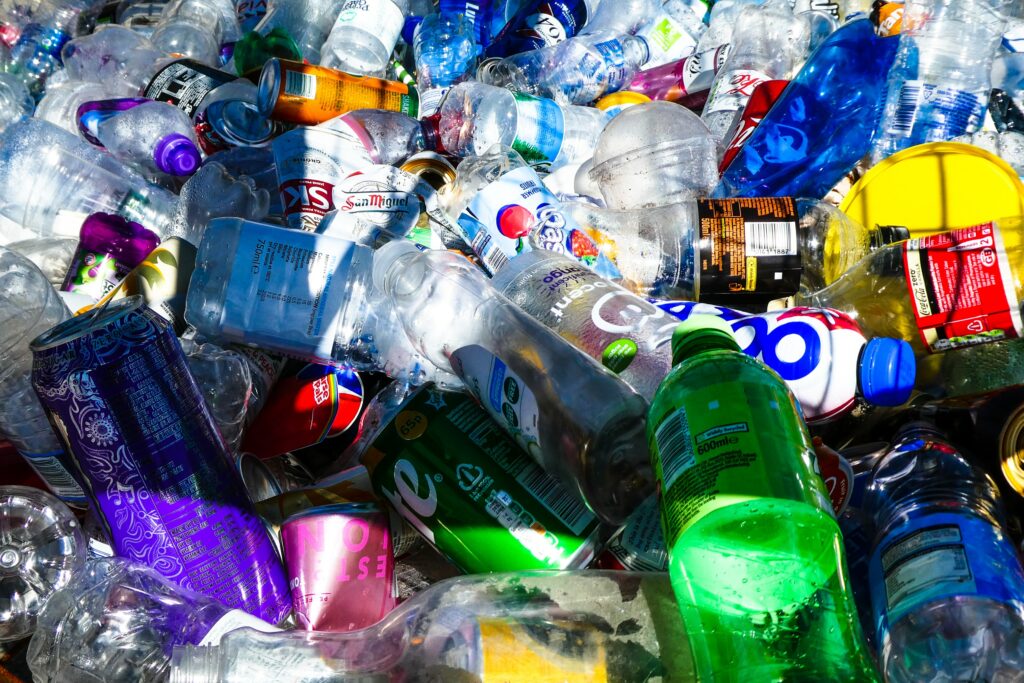
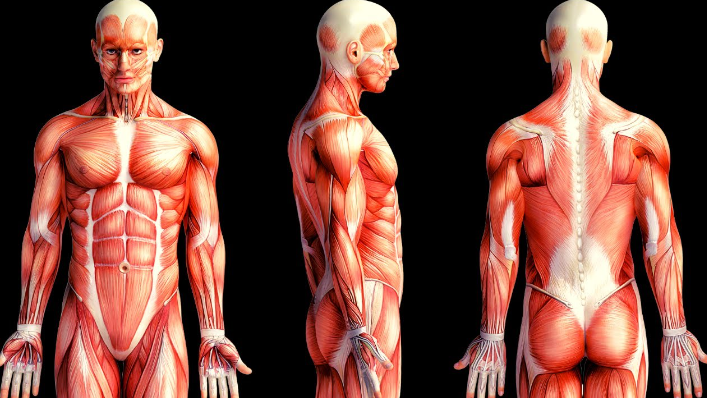

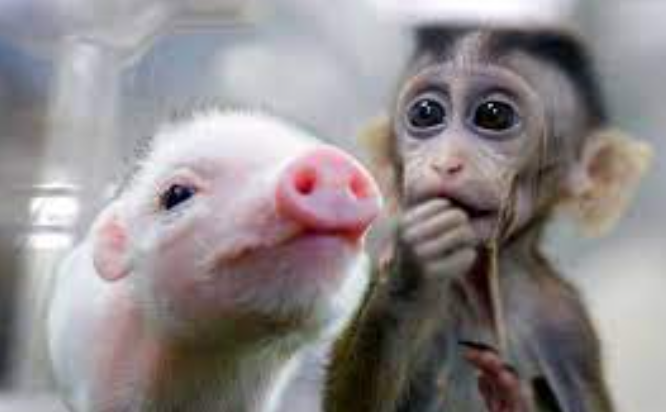
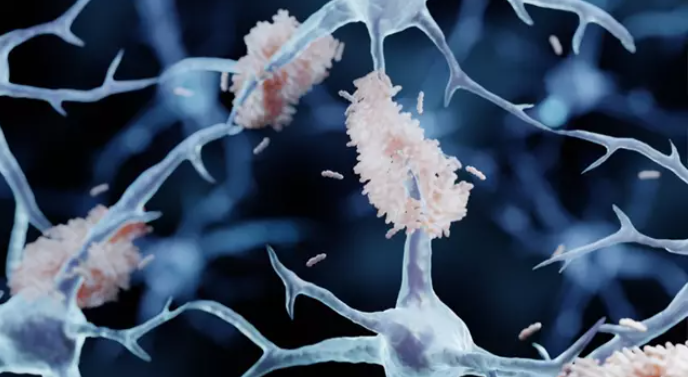
Responses